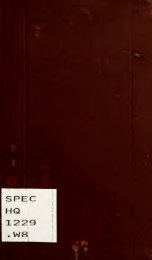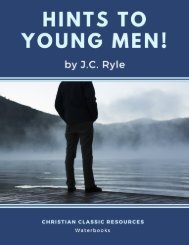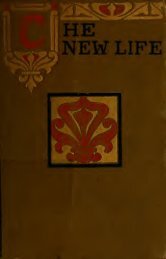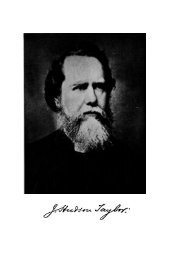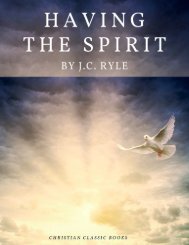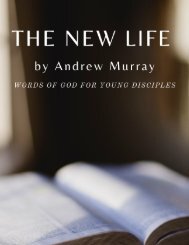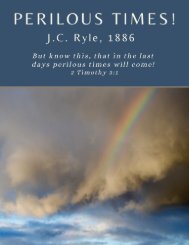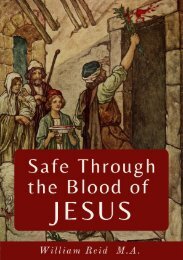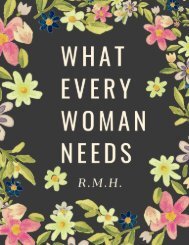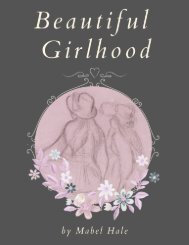Susanna Wesley
This is the story of Susanna Wesley, 1669-1742 Mother of Charles and John Wesley, who were founders of the Methodist Church. Susanna and her husband, Samuel, had nineteen children, ten of whom survived to adulthood. Her son Charles became a well-known hymn writer and her son John became the found of Methodism. Susanna was brought up in a Puritan home as the youngest of twenty-five children. As a teenager, she became a member of the Church of England. She became the wife of a chronically debt-ridden parish rector in an English village. She said, "I have had a large experience of what the world calls adverse fortune." Nonetheless, Susanna managed to pass down to her children Christian principles that stayed with them.
This is the story of Susanna Wesley, 1669-1742 Mother of Charles and John Wesley, who were founders of the Methodist Church. Susanna and her husband, Samuel, had nineteen children, ten of whom survived to adulthood. Her son Charles became a well-known hymn writer and her son John became the found of Methodism.
Susanna was brought up in a Puritan home as the youngest of twenty-five children. As a teenager, she became a member of the Church of England. She became the wife of a chronically debt-ridden parish rector in an English village. She said, "I have had a large experience of what the world calls adverse fortune." Nonetheless, Susanna managed to pass down to her children Christian principles that stayed with them.
You also want an ePaper? Increase the reach of your titles
YUMPU automatically turns print PDFs into web optimized ePapers that Google loves.
14 SUSANNA WESLEY.<br />
read in their churches, while Archbishop Sancroft<br />
and six of his suffragans protested, and were in<br />
consequence imprisoned in the Tower. Thus it came<br />
to pass that, in the enforced absence of the Bishop of<br />
London, Samuel <strong>Wesley</strong> received deacon's orders at<br />
the hands of Dr. Sprat, Bishop of Rochester. The<br />
curacy that gave him a title was worth only twentyeight<br />
pounds a year but he did not remain in it more<br />
;<br />
than twelve months, when he was ordained priest by<br />
Dr. Compton, Bishop of London, at St. Andrew's,<br />
Holborn, on the 24th of February 1689, exactly twelve<br />
days after William and Mary had been declared sovereigns<br />
of Great Britain. It is said that he wrote and<br />
printed the first pamphlet that appeared in support of<br />
the new government. It is possible that this procured<br />
for him the appointment of chaplain on board a<br />
man-of-war, where he was comparatively rich with<br />
seventy pounds a year, and had leisure for a good deal<br />
of writing, most of which he employed in the composition<br />
of a curious poem on the Life of Christ.<br />
He was most likely anxious to be in London, for he<br />
soon resigned the chaplaincy, and became again a<br />
curate in the metropolis, with an income of thirty<br />
pounds, which he doubled by his pen. Money was<br />
worth much more then than now, yet it was hardly<br />
prudent to marry on so small a pittance; but lovers<br />
have so much faith in one another, that he and<br />
<strong>Susanna</strong> Annesley seem to have had no misgivings<br />
but plighted their troth in the spring of 1689. It is<br />
not known in what church they were married, nor<br />
who married them, but it is believed that the bride's<br />
new home was in apartments near Holborn.




